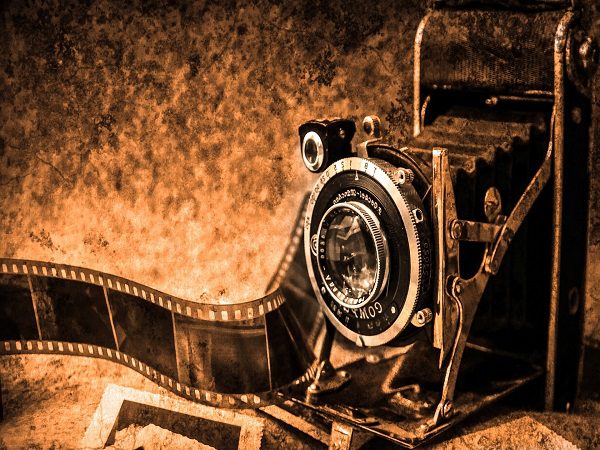Introduction:
Digital Single-Lens Reflex cameras, or DSLRs, continue to be a popular choice for both amateur enthusiasts and professional photographers alike. However, with the plethora of options available in the market, selecting the right DSLR can be a daunting task. This guide aims to demystify DSLRs, providing you with valuable insights to help you make an informed decision and find the perfect camera that suits your needs.
Understanding DSLRs:
Digital Single-Lens Reflex cameras are renowned for their versatility and image quality. Unlike point-and-shoot cameras, DSLRs boast an interchangeable lens system, allowing photographers to use different lenses based on their photographic goals. This flexibility empowers users to capture a wide range of subjects, from sweeping landscapes to detailed macro shots.
Sensor Size Matters:
One crucial factor to consider when choosing a DSLR is the sensor size. Sensors come in various dimensions, such as full-frame, APS-C, and micro four-thirds. A larger sensor typically results in better image quality, especially in low-light conditions. Full-frame sensors, found in high-end DSLRs, offer superior performance but come at a higher price point. APS-C sensors strike a balance between image quality and affordability, making them a popular choice for many photographers.
Megapixels: Quality vs. Quantity
While it’s tempting to prioritize cameras with higher megapixel counts, it’s essential to understand that more megapixels don’t always equate to better image quality. Factors such as sensor size, lens quality, and image processing capabilities also play a crucial role. For most photographers, a camera with a resolution between 20 to 30 megapixels is more than sufficient for capturing stunning, detailed images.
Consider Your Shooting Style:
Before making a purchase, assess your shooting style and preferences. If you enjoy capturing fast-paced action, such as sports or wildlife photography, look for a DSLR with a high continuous shooting speed and advanced autofocus capabilities. On the other hand, if you lean towards portrait photography, consider cameras with excellent low-light performance and a variety of available lenses to achieve that coveted bokeh effect.
Ease of Use and Ergonomics:
A camera’s user interface and ergonomics are often overlooked but are crucial aspects of the overall shooting experience. Consider the placement of buttons, the intuitiveness of the menu system, and the overall feel of the camera in your hands. A well-designed DSLR ensures that you can navigate settings seamlessly, allowing you to concentrate on capturing the perfect shot without fumbling through complicated menus.
Video Capabilities:
In the era of content creation, a DSLR’s video capabilities are as important as its still photography features. Look for cameras that offer high-resolution video recording, adjustable frame rates, and advanced autofocus for smooth and professional-looking videos. Additionally, built-in image stabilization can significantly improve the quality of handheld video footage.
Brand Ecosystem:
Choosing a DSLR often means committing to a specific brand ecosystem. Consider the availability of lenses, accessories, and software that are compatible with your chosen brand. Popular DSLR brands like Canon and Nikon offer extensive selections of lenses and accessories, making it easier to expand your kit as your skills evolve.
Budget Considerations:
Setting a budget is a crucial step in the camera-buying process. While it’s tempting to go for the latest and greatest, there are excellent DSLR options available at various price points. Consider what features are essential to you and find a camera that meets your requirements without breaking the bank. Keep in mind that investing in high-quality lenses can often have a more significant impact on your photography than splurging on the latest camera body.
Conclusion:
Demystifying DSLRs involves understanding the key factors that contribute to a camera’s performance. By considering factors such as sensor size, megapixels, shooting style, ease of use, video capabilities, brand ecosystem, and budget, you can confidently choose a DSLR that aligns with your photographic goals. Remember, the best camera for you is the one that complements your skills and inspires you to explore the boundless possibilities of photography. So, go ahead, capture the world through your lens, and let your creativity soar.



































